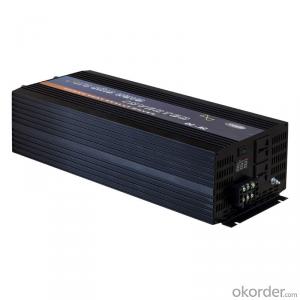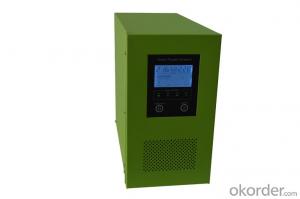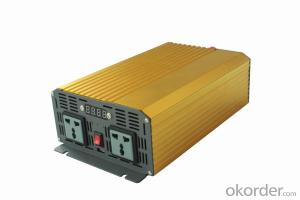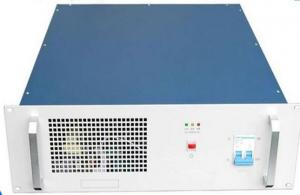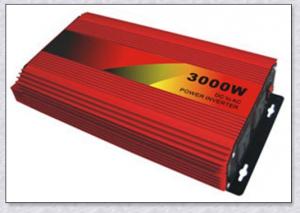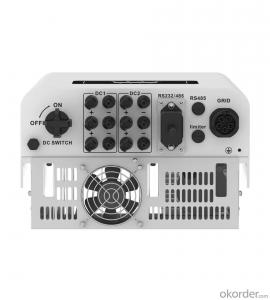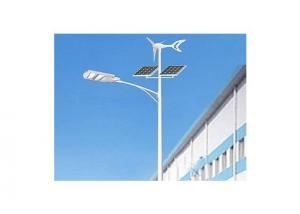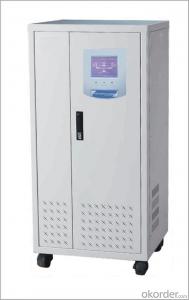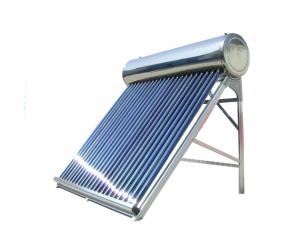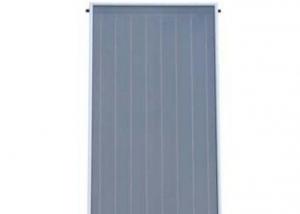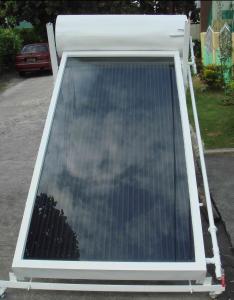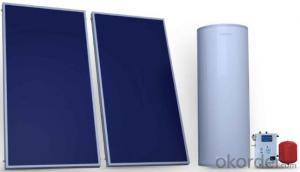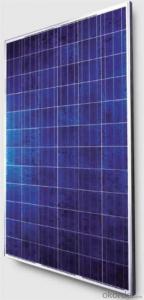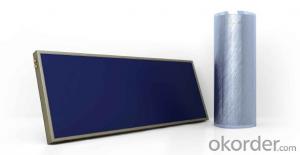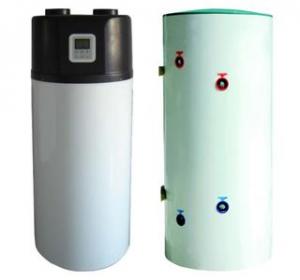3000 Watt Solar Power Inverter
3000 Watt Solar Power Inverter Related Searches
Solar 3000 Watt Power Inverter 3000 Watt Solar Inverter Solar 3000 Watt Inverter Solar Power Inverter 3000 Watt 3000w Solar Power Inverter Solar Power Inverter 3000w 3000w Solar Inverter Solar Inverter 3000w 3000w Inverter Solar 3000 Watt Inverter Solar Panel Solar Hybrid Inverter 3000w 3500 Watt Solar Inverter Solar Inverter 3000w Price Solar Inverter 3500 Watt Rich Solar 3000 Watt Inverter 300 Watt Solar Power Inverter Powland 3000w Solar Inverter 300kw Solar Inverter 300 Watt Solar Inverter 3 Kilowatt Solar Inverter 3kw Solar Inverter 300w Solar Inverter 3kw Inverter Solar 2000 Watt Solar Power Inverter Solar Inverter 3 Kw Solar Inverter 300w 4000 Watt Solar Inverter 5000 Watt Solar Power Inverter Solar Power 3 Phase Inverter 1000 Watt Solar Power Inverter3000 Watt Solar Power Inverter Supplier & Manufacturer from China
The 3000 Watt Solar Power Inverter is a high-capacity power conversion device designed to transform the direct current (DC) generated by solar panels into alternating current (AC) that can be utilized by various electrical appliances. This advanced solar power inverter is equipped with multiple features such as high efficiency, safety protections, and user-friendly interfaces, making it an ideal choice for residential, commercial, and off-grid applications.The 3000 Watt Solar Power Inverter finds its application in a wide range of scenarios, including powering homes, businesses, and remote locations where access to traditional electricity is limited or unavailable. It can be used to charge batteries, run essential appliances, and even support backup power systems during power outages. This product is particularly beneficial for those seeking to reduce their carbon footprint and harness renewable energy sources for a sustainable future.
Okorder.com is a reputable wholesale supplier of the 3000 Watt Solar Power Inverter, offering a vast inventory of this product to cater to the growing demand for solar energy solutions. With competitive pricing and a commitment to quality, Okorder.com ensures that customers receive the best value for their investment in solar power inverters.
Hot Products





